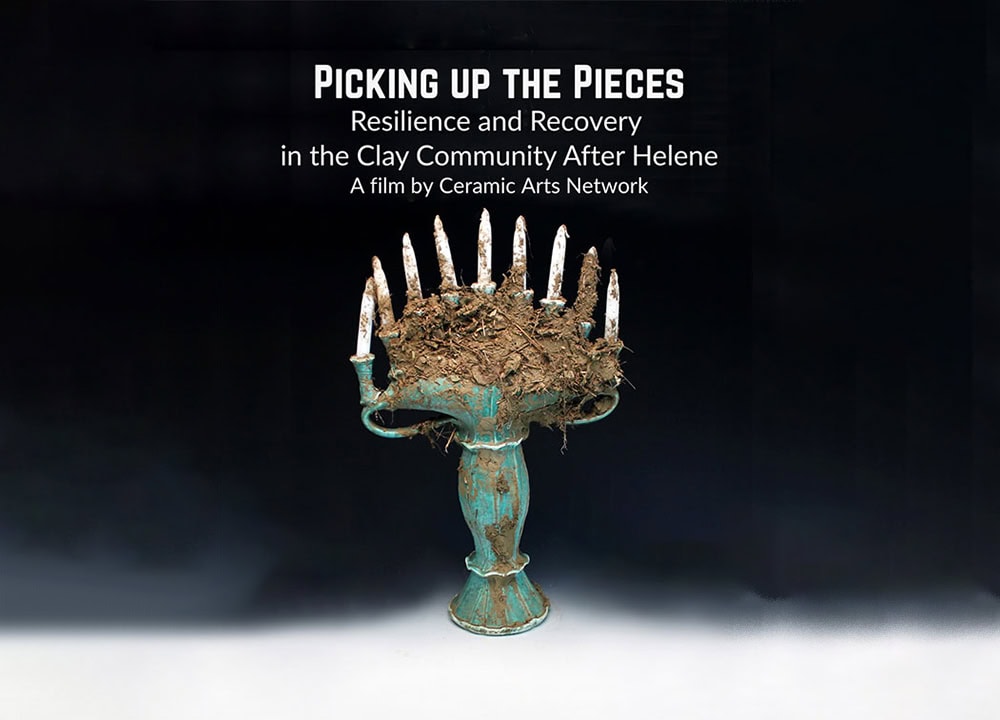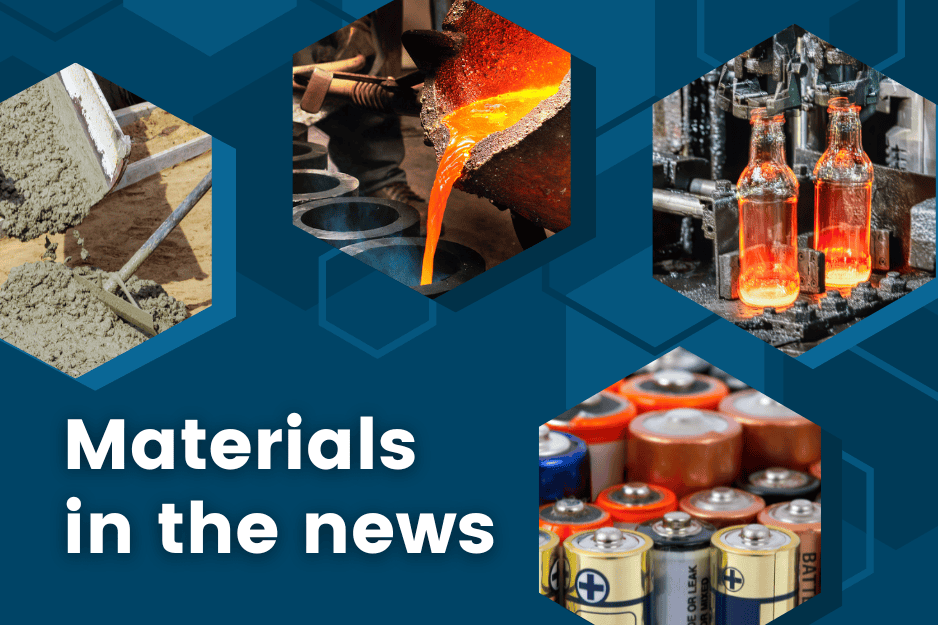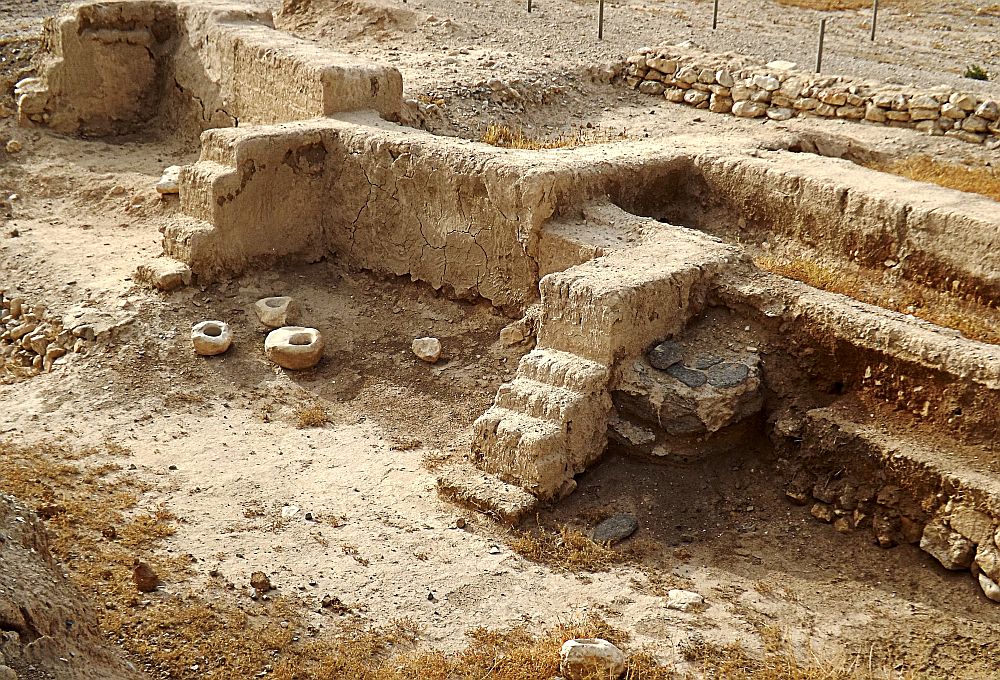[Image above] Ceram’s 80-foot long, low-e kiln design will be tested using electric-field-assisted sintering of a variety of whiteware products in the coming months. Credit: Ceram.
Visitors to last week’s Ceramics 2013 event in Stoke-on-Trent, England got the first public glimpse of a new kiln technology that its developer says could work in combination with lower-firing materials to cut energy costs for ceramics producers by up to 30% and reduce carbon emissions.
Ceram, an international materials development, testing, resource efficiency, and quality assurance company headquartered in Stoke-on-Trent, constructed the 80-foot long kiln after winning about £2 million from the British Government’s Regional Growth Fund last year, according to a Ceramics 2013 news release.
But technical consultant David Pearmain says in an email that the company has also invested its own funds in previous research to identify ways to “significantly” reduce the firing temperature of zirconia and alumina ceramics in the laboratory. The commercial-scale kiln is the next step in developing the technology, he adds.
“Our R&D project is aimed at commercializing the process of reducing energy in the production of whitewares via the application of electric fields to the ceramic material,” Pearmain explains. “We are refining our processing parameters and making field application prototypes to provide uniform sintering over commercial sized ceramic pieces.”
Pearmain says a challenge of using the electric-assisted technology is sintering parts uniformly while maintaining lower temperature and faster firing. “Thus far, we have achieved homogeneity of sintering across our ceramic material, but further tests are needed as well as continuing to work towards larger ceramic pieces,” he says. “We aim to provide a furnace temperature of 800–900°C and to halve the firing schedule times.”
According to Pearmain, the kiln unveiled at Ceramics 2013 is a demonstrator of a conventional whiteware firing kiln. “It is unique in the fact that we have specially designed it to enable us to have complete control over operating parameters, and also provide full physical access to the inside of the kiln and thus to the firing zones, in order to eventually fit our field application technology within it,” he says. “We also have other rigs for the testing of the technology for firing of other ceramic products.”
Ceram has already started initial testing with tiles and will continue development with other types of whiteware products. The first test results should be available before the end of the year.
“The knowledge and capability gained from this experience will allow us to move forward and provide a testbed for the commercialization of electric-enhanced sintering to many different ceramic products,” Pearmain says. In addition to the challenge of how to produce uniform field propagation through commercial-sized ceramic pieces, there are engineering challenges specific to each industry—for example, developing large electrodes that can provide good service life in production and integrating field application into a moving production line, he adds.
“Making ceramics is really energy intensive, and the sector is under a lot of pressure to cut consumption because of costs and environmental regulations,” Pearmain concludes in the Ceramics 2013 news release. “We’re very hopeful that the Low Energy Firing Project will help ceramics firms do exactly that.”
Author
Jim Destfani



